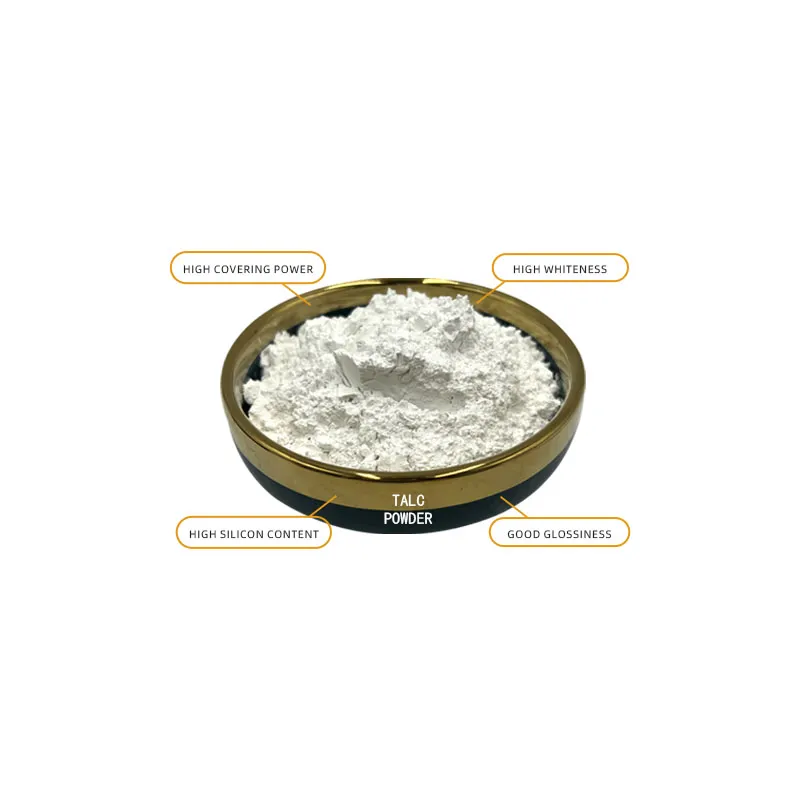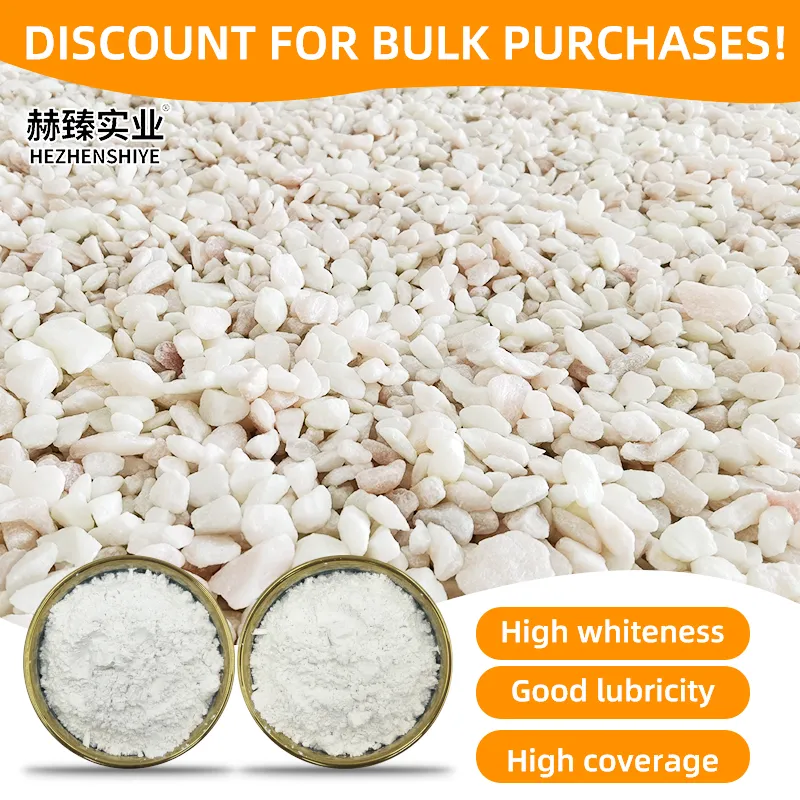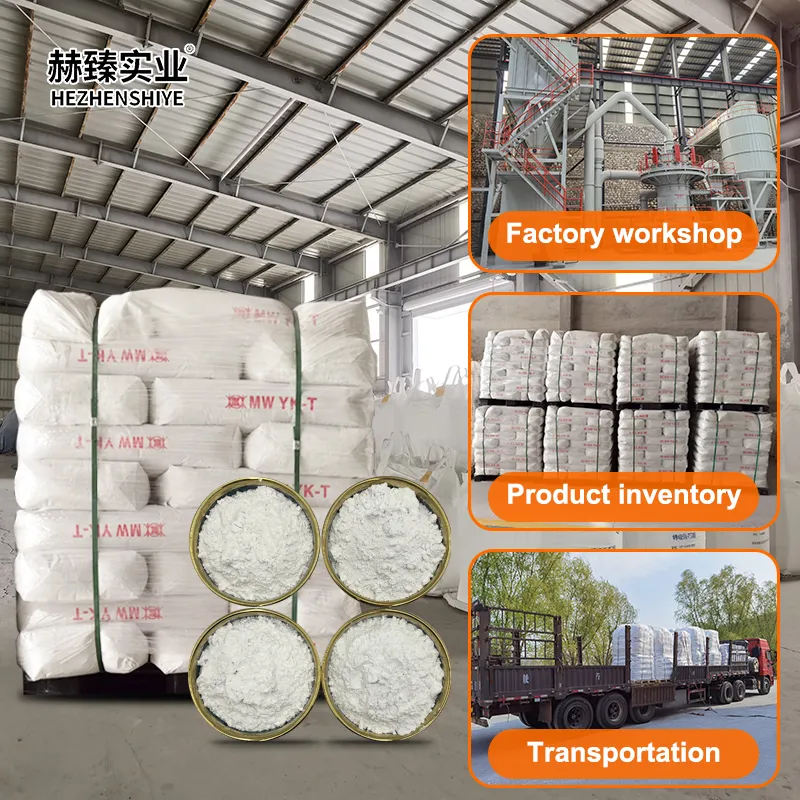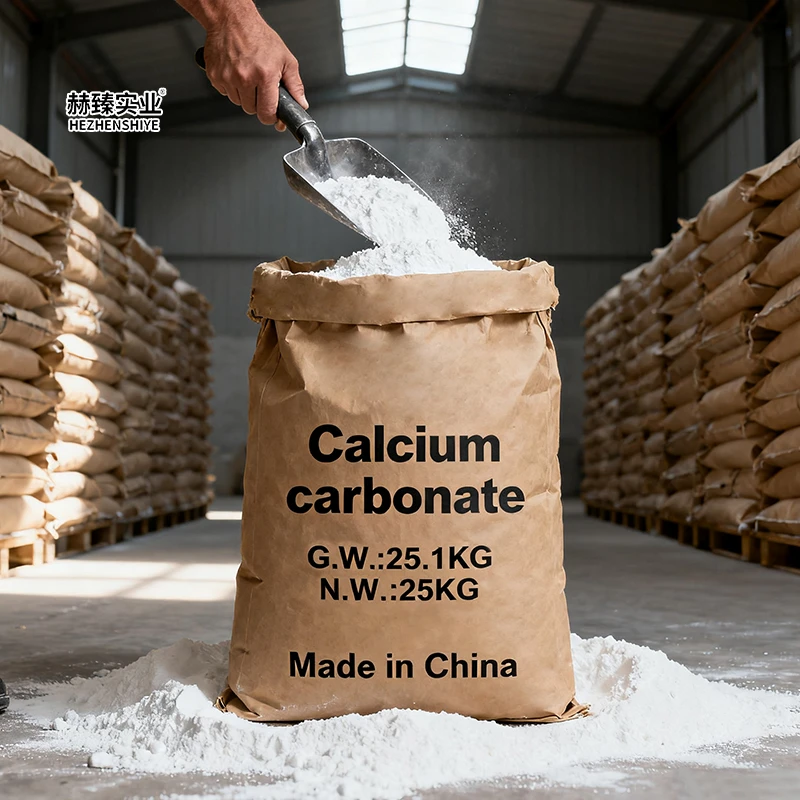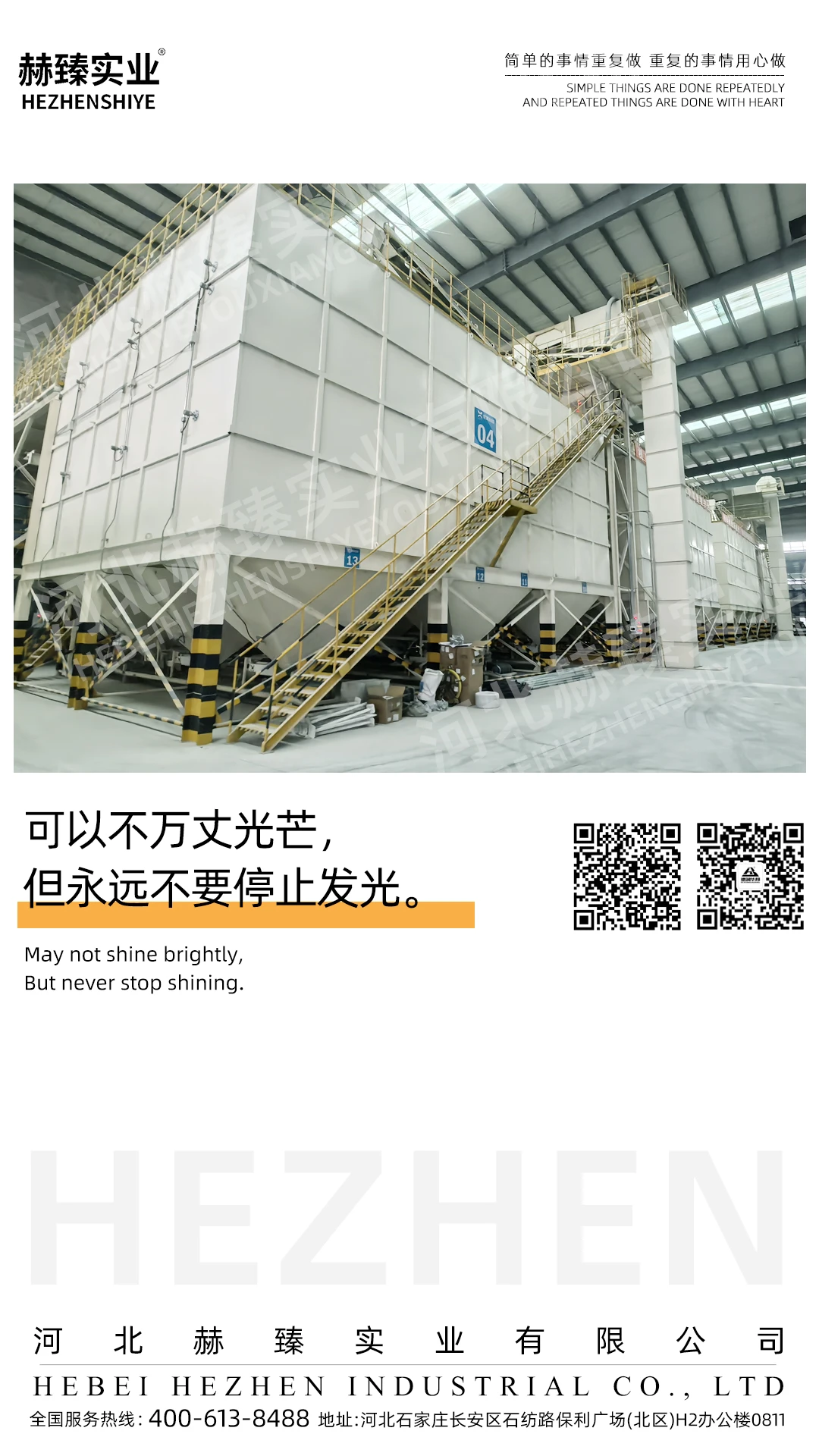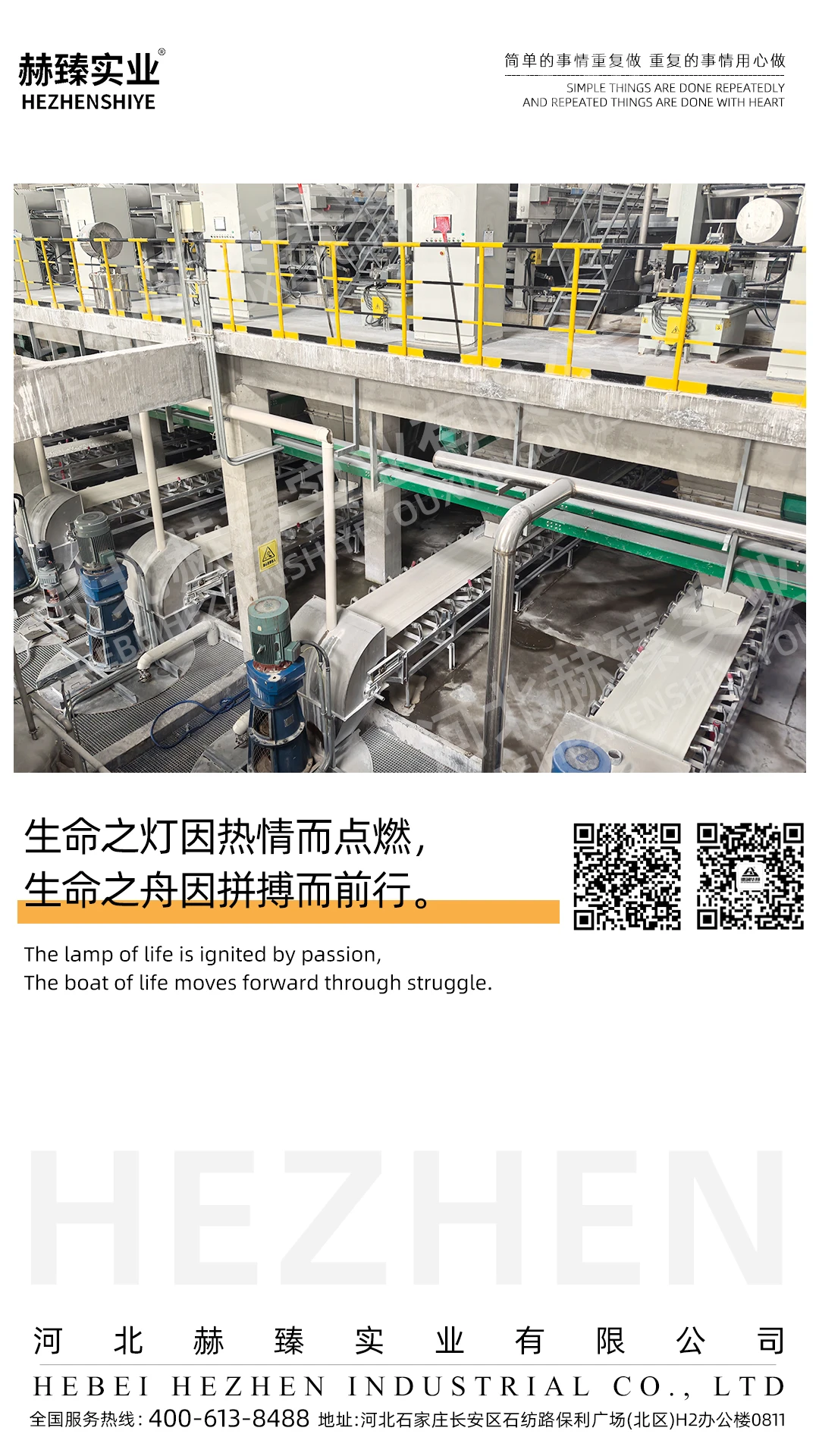Talc Powder In Cosmetic Formulations: Elevating Texture And Performance
Talc powder has long been cornerstone of cosmetic formulations, enhancing texture, absorbency, and longevity of products ranging from face powders to body lotions. Cosmetic formulators seek ingredients that deliver smooth application, control shine, and ensure skin compatibility—requirements that talc powder fulfills through its soft lamellar structure and chemical inertness. Traditional cosmetic ingredients like starch or silica offer limited performance, often causing caking or uneven coverage. Talc powder provides superior alternative that elevates product quality while meeting consumer expectations for comfort and durability.
Texture enhancement is primary benefit of talc powder in cosmetics. Its ultra-fine, plate-like particles create smooth, silky consistency that glides across skin, reducing friction and ensuring even application. In face powders, talc powder acts as base ingredient, preventing caking and maintaining matte finish throughout day. It blends seamlessly with pigments, ensuring uniform color distribution without patchiness. In cream-based products like foundations or blushes, talc powder adjusts viscosity, transforming thick creams into lightweight formulas that feel comfortable on skin. Cosmetic manufacturers report that adding talc powder to formulations reduces product heaviness by 30%, improving consumer acceptance and wear time.
Oil and moisture absorption of talc powder makes it ideal for shine-control products. Its porous lamellar structure traps excess sebum on skin surface, reducing shine without drying out skin. In pressed powders and setting sprays, talc powder extends product longevity by absorbing moisture that can cause makeup to smudge or fade. For oily skin formulations, talc powder is often combined with other absorbent ingredients like kaolin clay to enhance oil-control properties. Consumers with oily skin consistently rate talc-containing products higher for reducing midday shine compared to talc-free alternatives. Additionally, talc powder’s absorbency makes it effective in dry shampoos, absorbing excess oil from hair and refreshing style between washes.
Skin compatibility and safety of talc powder are critical in cosmetic applications. High-purity talc powder is chemically inert, meaning it does not react with skin or other cosmetic ingredients. It is non-irritating and non-comedogenic, making it suitable for sensitive skin types. Cosmetic-grade talc powder undergoes rigorous purification processes to remove impurities like asbestos, ensuring compliance with global safety standards. Formulators use talc powder in baby powders and sensitive-skin products due to its gentle nature. Dermatologists often recommend talc-containing products for patients with sensitive skin, as they minimize irritation compared to synthetic alternatives.
Versatility of talc powder in cosmetic formulations extends to diverse product categories. It is used in eye shadows to improve blendability, in lipsticks to prevent feathering and enhance texture, and in body powders to reduce chafing. In mineral cosmetics, talc powder serves as natural binder, holding mineral pigments together without synthetic adhesives. Some eco-friendly cosmetic brands source talc powder from sustainable mines, highlighting its natural origin in marketing to appeal to environmentally conscious consumers. Case study from cosmetic manufacturer shows that talc-containing face powder outperformed talc-free version in consumer tests, with 80% of participants reporting better texture and longer wear time.
Talc Powder In Plastic Processing: Improving Molding And Durability
Talc powder has become essential additive in plastic processing, enhancing moldability, stiffness, and heat resistance of plastic products used in automotive, packaging, and consumer goods industries. Plastic manufacturers seek additives that reduce production costs, improve product performance, and facilitate processing—requirements that talc powder meets through its lubricity, reinforcing properties, and compatibility with thermoplastics. Traditional plastic additives like glass fibers or calcium carbonate can increase brittleness or reduce moldability, but talc powder delivers balanced performance that addresses multiple processing challenges.
Moldability improvement is key benefit of talc powder in plastic processing. Its lamellar particles act as internal lubricant, reducing friction between plastic molecules during melting and molding. This allows plastic to flow more easily into complex mold cavities, ensuring precise replication of intricate designs. It also reduces sticking to mold surfaces, minimizing defects like flash or incomplete filling. For injection-molded parts like automotive interior components or toy parts, talc powder reduces cycle times by 20% due to improved flow and faster cooling. Manufacturers report that talc-containing plastics require less mold maintenance, as reduced sticking decreases wear on mold surfaces.
Reinforcing properties of talc powder enhance plastic durability and stiffness. When added to thermoplastics like polypropylene or polyethylene, talc powder’s plate-like particles form network that strengthens plastic matrix. This increases tensile strength and stiffness, making plastic suitable for load-bearing applications like automotive bumpers or packaging containers. Unlike glass fiber reinforcements that add weight and brittleness, talc powder improves stiffness without significant weight increase. For example, talc-reinforced polypropylene is used in automotive door panels, where it provides rigidity while remaining lightweight, contributing to fuel efficiency. Plastic parts containing talc powder also show improved heat resistance, maintaining shape and strength at higher temperatures compared to unreinforced plastics.
Cost reduction is another significant advantage of talc powder in plastic processing. Talc powder is less expensive than many synthetic reinforcements, allowing manufacturers to reduce raw material costs without sacrificing performance. Its ability to improve flow and reduce cycle times lowers production costs by increasing throughput. Additionally, talc powder can replace more expensive resins in some formulations, further reducing costs. For packaging manufacturers, talc-containing plastics offer cost-effective alternative to high-performance resins, as they provide similar stiffness and barrier properties at lower cost. Case study from automotive parts manufacturer shows that switching to talc-reinforced plastic reduced material costs by 15% and improved part quality, with 30% fewer defects due to better moldability.
Compatibility with diverse plastics and processing methods makes talc powder versatile additive. It works with thermoplastics, thermosets, and bioplastics, adapting to different production processes like injection molding, extrusion, and blow molding. In bioplastics, talc powder improves biodegradability by accelerating breakdown of plastic in natural environments. It also enhances printability of plastic surfaces, making it suitable for packaging with custom graphics. Plastic recyclers report that talc-containing plastics are easier to recycle than those with synthetic reinforcements, as talc powder does not interfere with recycling processes. This compatibility and recyclability align with circular economy goals in plastic industry.
Talc Powder In Paper Industry: Enhancing Printability And Strength
Talc powder has long been critical component in paper industry, improving printability, opacity, and strength of paper products used in printing, packaging, and hygiene applications. Paper manufacturers seek additives that enhance paper quality while reducing production costs—requirements that talc powder meets through its lamellar structure, opacity, and ability to control pitch and stickies. Traditional paper additives like clay or calcium carbonate can reduce paper strength or increase abrasion on equipment, but talc powder delivers balanced performance that optimizes both paper quality and production efficiency.
Printability improvement is primary benefit of talc powder in paper production. Its plate-like particles create smooth, even paper surface that accepts ink uniformly, reducing ink consumption and improving print clarity. Talc powder fills gaps between cellulose fibers, minimizing surface roughness and preventing ink penetration into paper. This results in sharper text and brighter colors in printed materials like magazines, brochures, and packaging. For high-quality printing papers, talc powder is often used as coating pigment, creating glossy or matte finishes that enhance visual appeal. Paper printers report that talc-coated papers require 15% less ink and produce fewer printing defects like smudging or uneven coverage.
Opacity enhancement by talc powder increases paper quality for printing and packaging. Its lamellar structure scatters light, reducing transparency and improving contrast in printed materials. This is particularly important for double-sided printing, where talc-containing paper prevents ink from showing through to opposite side. In packaging papers like cereal boxes or gift wraps, talc powder improves opacity, ensuring vibrant graphics and preventing product visibility through packaging. Unlike some opacifying agents that reduce paper strength, talc powder maintains or improves strength while enhancing opacity. Paper manufacturers report that adding talc powder increases opacity by 25% compared to untreated paper, allowing use of thinner paper while maintaining quality.
Pitch and stickies control is unique benefit of talc powder in paper production. Pitch (resinous material from wood pulp) and stickies (adhesive contaminants from recycled paper) can accumulate on paper machines, causing defects and equipment downtime. Talc powder’s lamellar particles adsorb these contaminants, preventing them from adhering to rollers and screens. This reduces machine cleaning time and extends equipment life. For recycled paper production, where stickies are common, talc powder is essential additive that improves process efficiency and paper quality. Paper mills using recycled pulp report that talc powder reduces machine downtime by 40% due to better stickies control.
Strength improvement and cost reduction further enhance talc powder’s value in paper industry. Talc powder reinforces paper structure by bonding with cellulose fibers, increasing tensile strength and tear resistance. This allows production of lighter-weight papers that meet strength requirements, reducing raw material consumption. Talc powder is also less expensive than many coating pigments like titanium dioxide, lowering production costs for high-quality papers. In hygiene papers like toilet paper or facial tissues, talc powder adds softness without reducing strength, improving consumer comfort. Case study from newspaper publisher shows that using talc-containing paper reduced printing costs by 12% and improved print quality, leading to higher reader satisfaction.
Talc Powder In Coating Production: Improving Finish And Durability
Talc powder has become versatile additive in coating production, enhancing finish, durability, and application properties of paints, varnishes, and industrial coatings. Coating manufacturers seek ingredients that deliver smooth application, resistance to weathering, and cost-effectiveness—requirements that talc powder meets through its lamellar structure, chemical inertness, and ability to control viscosity. Traditional coating additives like silica or mica can increase viscosity or reduce adhesion, but talc powder provides balanced performance that optimizes coating quality and application efficiency.
Finish enhancement is primary benefit of talc powder in coatings. Its ultra-fine, plate-like particles create smooth, even surface when dry, reducing brush marks or roller lines in painted surfaces. In architectural paints, talc powder improves leveling, ensuring uniform appearance across walls and ceilings. It also reduces gloss in matte or satin finishes, creating desired aesthetic without synthetic flatting agents. For industrial coatings like machinery paints, talc powder creates smooth finish that resists dirt and grime accumulation. Coating applicators report that talc-containing paints are easier to apply and require fewer coats to achieve uniform finish, reducing labor costs.
Durability improvement of coatings with talc powder stems from its reinforcing properties. Talc powder’s lamellar particles form barrier within coating film, reducing water penetration and resistance to weathering. This makes coatings suitable for exterior applications like building facades or outdoor furniture, where they withstand rain, UV radiation, and temperature fluctuations. Talc-containing coatings also show improved scratch and impact resistance, maintaining appearance for longer periods. For automotive coatings, talc powder is used in primer layers to improve adhesion to metal surfaces and enhance durability of topcoat. Coating manufacturers report that talc-containing exterior paints have 30% longer lifespan compared to talc-free alternatives.
Viscosity control and application properties are enhanced by talc powder. It acts as rheology modifier, preventing pigment settling in liquid coatings and ensuring consistent color throughout application. Talc powder also reduces sagging in vertical applications like wall painting, ensuring even coverage without drips. For spray-applied coatings, talc powder improves atomization, creating finer spray pattern that adheres better to surfaces. This reduces overspray and material waste, lowering application costs. In high-solids coatings, talc powder increases solids content without excessive viscosity, improving film thickness and durability. Coating formulators report that talc powder allows production of high-performance coatings with lower volatile organic compound (VOC) content, meeting environmental regulations.
Cost-effectiveness and compatibility make talc powder valuable in coating production. It is less expensive than many specialty additives like titanium dioxide or synthetic flatting agents, reducing raw material costs. Talc powder is compatible with wide range of coating resins, including acrylics, alkyds, and polyurethanes, adapting to diverse formulation needs. It can replace more expensive pigments in some formulations, further lowering costs while maintaining opacity and coverage. In eco-friendly coatings, talc powder’s natural origin and low environmental impact appeal to manufacturers seeking sustainable solutions. Case study from architectural paint manufacturer shows that talc-containing paint reduced material costs by 18% and improved customer satisfaction, with 90% of contractors reporting easier application and better finish quality.
Talc Powder In Rubber Manufacturing: Enhancing Elasticity And Wear Resistance
Talc powder has become essential additive in rubber manufacturing, improving elasticity, wear resistance, and processing efficiency of rubber products used in automotive, industrial, and consumer goods sectors. Rubber manufacturers seek additives that reinforce rubber matrix, reduce production costs, and enhance product performance—requirements that talc powder meets through its lamellar structure, lubricity, and chemical inertness. Traditional rubber reinforcements like carbon black or silica can reduce elasticity or increase processing complexity, but talc powder delivers balanced performance that optimizes both manufacturing and product quality.

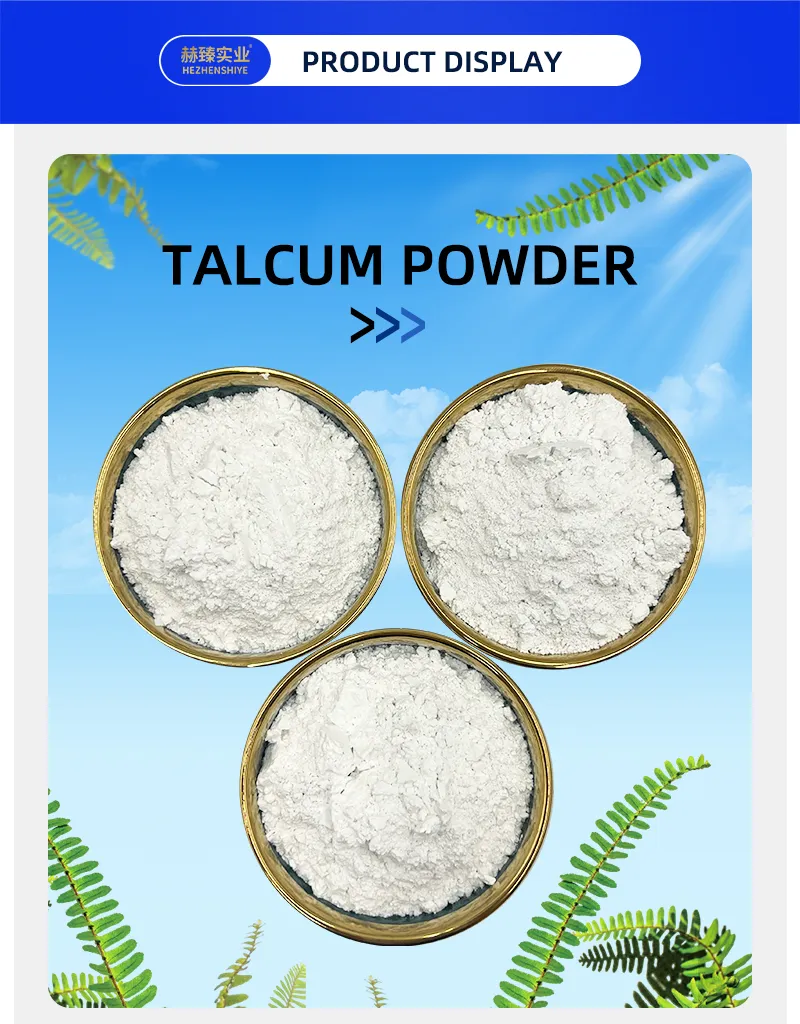
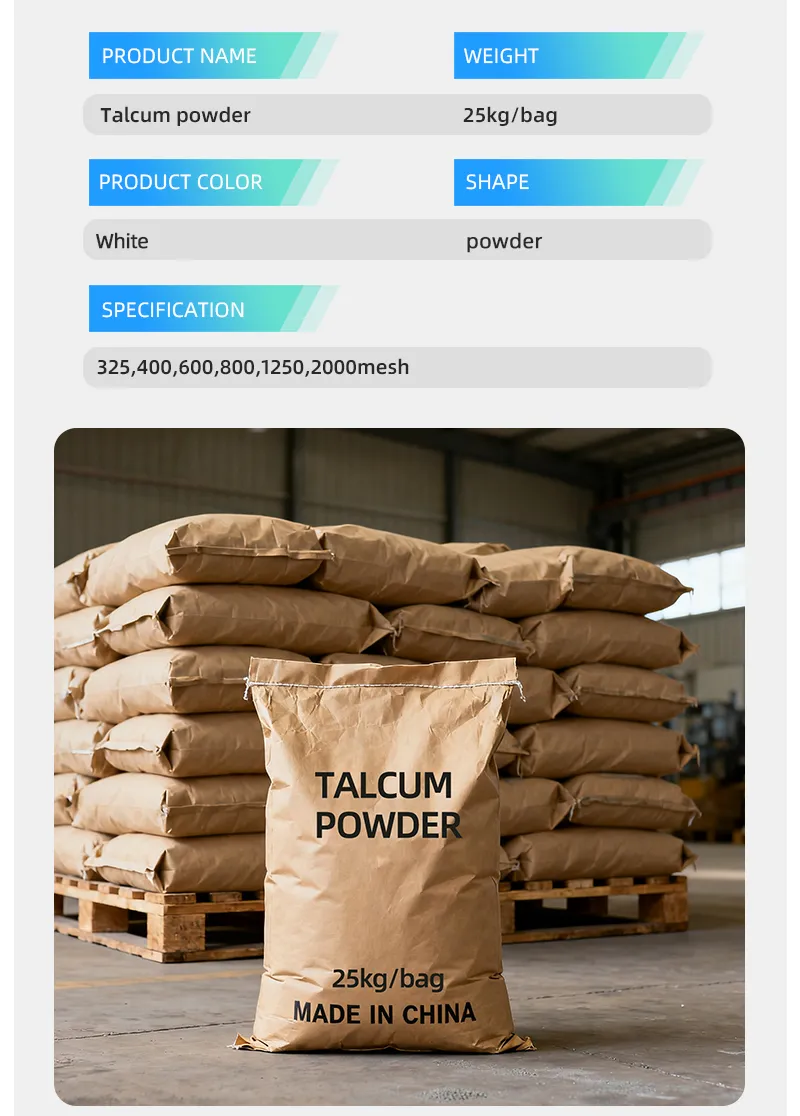








 Banner PDF
Banner PDF Get A Quote
Get A Quote
